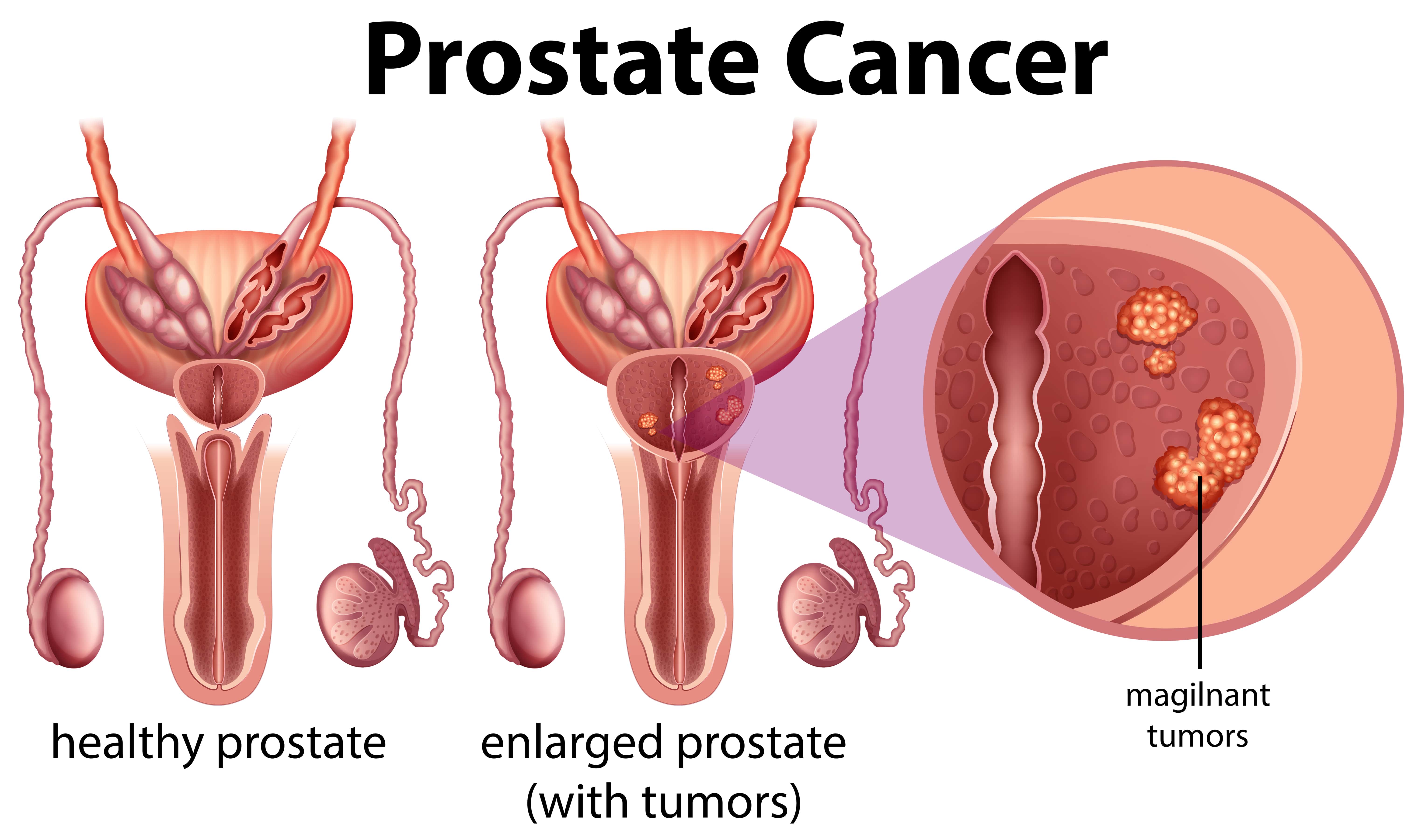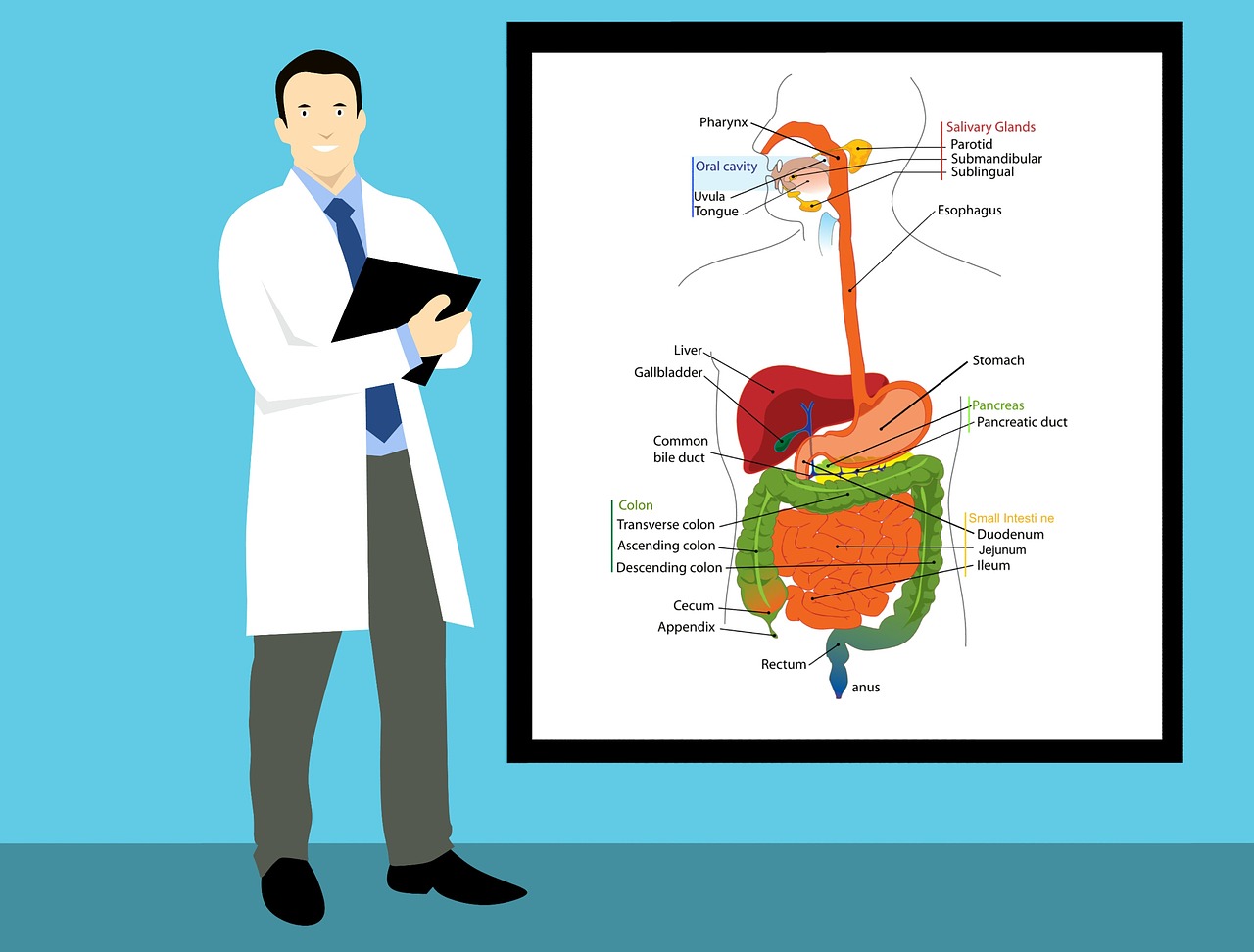Prostate cancer malignant tumour
Prostate cancer is a malignant tumour of the lining that grows in the prostate gland. It occurs in men over 65 years of age. In two-thirds of cases it is not life-threatening. Most men with prostate cancer die for a completely different reason.
Testicular
Cancer Testicular cancer is not widespread. In Victoria, about 130 men get sick each year. Most commonly occurs in men between the ages of 25 and 44. Early detection and treatment can lead to healing in almost all cases.
Liver cancer
Liver cancer can be primary (occurs in the liver) or secondary (occurs elsewhere in the body and spreads to the liver). Primary liver cancer is one of the rarest cancers in Victoria. Secondary cancers are the most common cancers.
Ovarian cancer
Ovaries are part of a woman’s reproductive system. There are four main types of ovarian cancer that most commonly affect women after the age of 40. In Victoria, about 400 women develop ovarian cancer each year.
Cancer and Asbestos
Asbestos is a mineral that consists of fibbers that can be inhaled into the lungs. Prolonged exposure to asbestos can cause a number of diseases, including the type of rapidly developing cancer called mesothelioma.
Caner and Heredity – Recent
Studies A more extensive study of the cancer rate among twins has confirmed existing beliefs that most cancers are caused by environmental rather than genetic factors. More than 44,000 pairs of twins were studied from Denmark, Finland, and Sweden. The types of cancers with the highest rate of genetic origin included cancers of the prostate, colon, stomach, breast, and lung.
Some types of cancer occur due to our daily diet | Cancer and Foods
Some types of cancer occur due to our daily diet. Stomach, intestinal, lung, prostate and uterine cancers occur if the diet is high in fat and low in fibre. However, there is no evidence that certain foods cause cancer or can help cure cancer.
Cancer is not just one disease but more.
Cancer is a general term that encompasses several diseases. Each species differs by frequency, duration, treatment and outcome. Some species are easy to detect and treat, while for others, prevention is the most important.
Pap test results may require treatment
Any woman between the ages of 18 and 70 who has had sex should have a smear once every two years. Swabs detect changes in the uterine cells before they develop cancer. Changes are usually not cancers but are caused by natural factors that are lost or easily treated.
Breast reconstruction and removal
Surgery is the most common procedure for breast cancer. Depending on the tumour, part or all of the breast may need to be removed. Some women undergo a breast reconstruction procedure to have the same breast shape before surgery in normal clothing.
Self-examination of the breasts
It is important for women to know the normal look, feel and shape of their breasts to see if there is a change. Most breast changes are not carcinogenic, but any unusual changes should be checked by a doctor.
Solarium
Many in Australia use solariums with the mistaken assumption that these appliances provide safe darkening of the skin. In fact, that’s not true. Studies have shown that ultraviolet radiation from solariums increases the chance of getting skin cancer. They can also cause skin damage, such as sunburn, skin irritation, redness, and swelling.
Managing Cancer therapy – such as meditation
Pain Cancer pains is usually persistent. The way to deal with pain is to take medications, including paracetamol, as well as drugs that contain and drugs that do not contain opium. Resting on therapy – such as meditation, massage, and yoga – can also help reduce pain.
Hodgkin’s disease is a type of lymphoma
The lymphatic system – the system of sweat glands, is part of the body’s immune system that fights inflammation and infections. Hodgkin’s disease is a cancer of the sweat glands, reducing the body’s ability to fight inflammation and infections. It is a rare type of cancer in 1997. Some 121 Victorians were affected by it.
Tea can be beneficial to health
Some studies have shown that tea can increase the risk of heart disease. The protective ingredients in the tea are a group consisting of preventing some cancers and reducing it. However, some other studies did not confirm previous findings. Investigations are ongoing.




